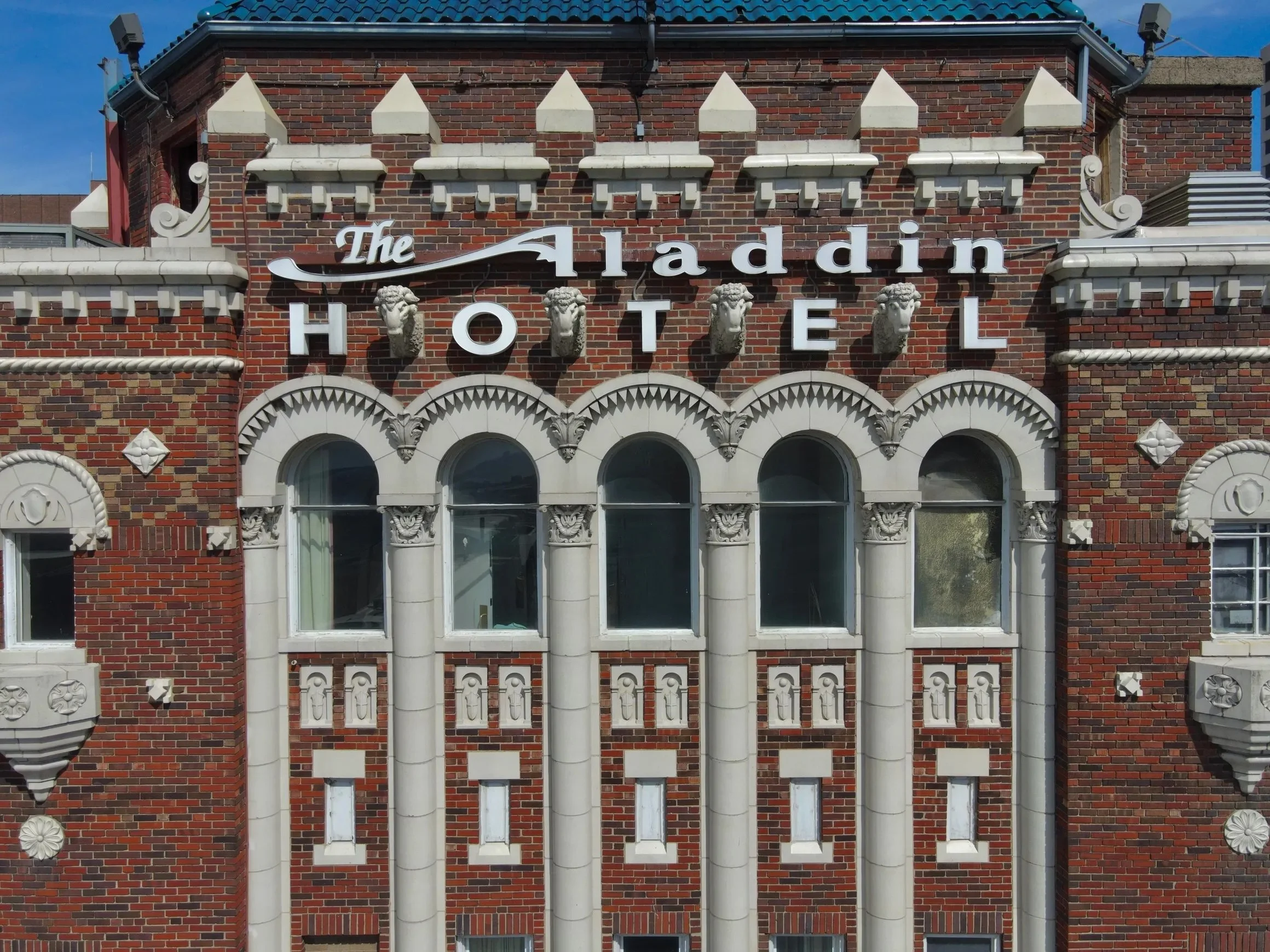The Kansas City Area Development Council (KCADC) hosted its 2024 Annual Meeting last week, drawing over 2,000 civic and business leaders to celebrate a year of robust regional growth and strategic industry advancements. Under the theme “FLEX,” the event underscored the region’s adaptability as a cornerstone of its success. It highlighted achievements in the Kansas City metro area, including 18 counties across Kansas and Missouri.
Record-Breaking Investments and Job Creation
This year, KCADC and its partners secured commitments from 16 companies, resulting in $1.8 billion in capital investments, nearly 1,500 new jobs, $104.7 million in wages, and 2.3 million SF of new development. These milestones reflect Kansas City’s growing prominence as a hub for innovation and opportunity.
Google’s $1 billion data center in Kansas City, Mo., was among the most notable investments in 2024. Alongside its infrastructure project, Google committed to advancing sustainability by adding 400 megawatts of carbon-free energy to the grid. The company also demonstrated a strong community focus, contributing $100,000 to the North Kansas City School District’s STEM initiatives and announcing an additional $120,000 investment to strengthen STEM programs in Kansas City Public Schools.
Strengthening Global Recognition
Increased media attention has bolstered Kansas City’s growing reputation. Over 630 stories spotlight its economic wins and quality-of-life benefits, reaching an estimated 1.25 billion people globally and enhancing the region’s visibility on the international stage.
KCADC President and CEO Tim Cowden emphasized the importance of leveraging this momentum for future growth, attributing the success to a unified regional vision.
Keynote and Awards
Lisa Bodell, CEO of FutureThink and a best-selling author, delivered the keynote address, offering actionable insights into how simplification can drive efficiency and amplify impact. Her message resonated with attendees, providing tools to help businesses streamline operations and focus on meaningful work.
KCADC has also received accolades for its efforts to promote the region. The organization earned two gold medals from the International Economic Development Council, recognizing its KC Options Magazine and the “KC Design Draft” campaign for excellence in economic development marketing.
Building for the Future
As Kansas City continues to grow, leaders across industries remain focused on fostering a resilient and inclusive economy. From groundbreaking investments in infrastructure and education to enhanced global recognition, the region is poised for sustained success.
The KCADC Annual Meeting reinforced the importance of flexibility and collaboration in shaping the future, ensuring Kansas City remains a leader in innovation and a magnet for talent and investment.
Header image: Board of Directors incoming co-chair and Evergy President/CEO, David Campbell speaks at the 2024 KCADC Annual Meeting. Image courtesy of the Kansas City Area Development Council







